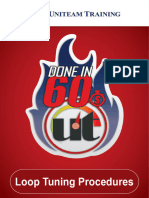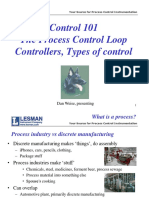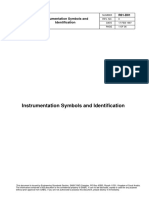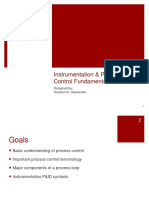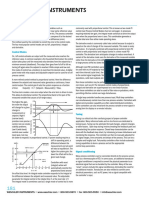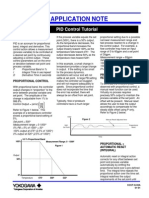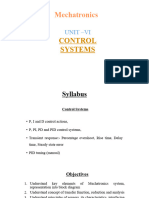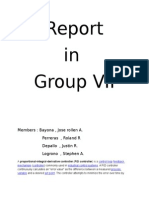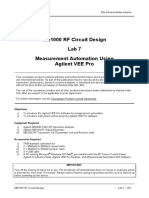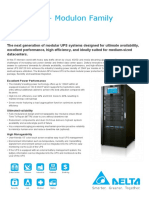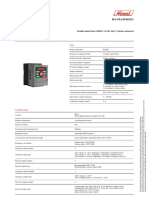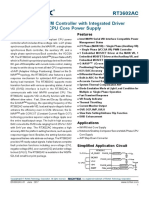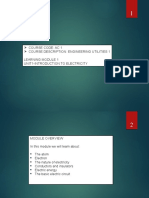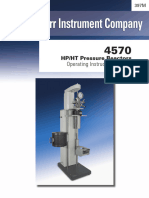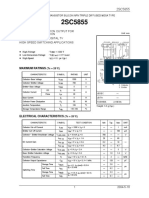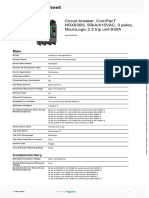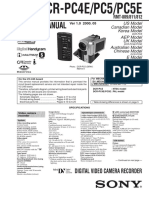0% found this document useful (0 votes)
95 views15 pagesProcess Control Instrumentation - InstrumentationTools
The document discusses process control instrumentation, which monitors process parameters to ensure they remain at desired setpoints. It defines key terms like process variables, sensors/transducers, setpoints, controllers, control outputs, and describes discrete and analog control systems. Discrete systems have variables that are either on or off, while analog variables can vary continuously. Common controller types are proportional, integral, and proportional-integral controllers.
Uploaded by
Carlos JimenezCopyright
© © All Rights Reserved
We take content rights seriously. If you suspect this is your content, claim it here.
Available Formats
Download as PDF, TXT or read online on Scribd
0% found this document useful (0 votes)
95 views15 pagesProcess Control Instrumentation - InstrumentationTools
The document discusses process control instrumentation, which monitors process parameters to ensure they remain at desired setpoints. It defines key terms like process variables, sensors/transducers, setpoints, controllers, control outputs, and describes discrete and analog control systems. Discrete systems have variables that are either on or off, while analog variables can vary continuously. Common controller types are proportional, integral, and proportional-integral controllers.
Uploaded by
Carlos JimenezCopyright
© © All Rights Reserved
We take content rights seriously. If you suspect this is your content, claim it here.
Available Formats
Download as PDF, TXT or read online on Scribd
/ 15










